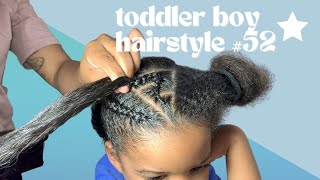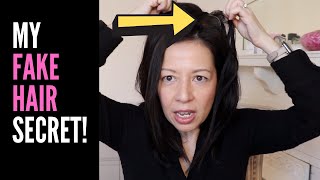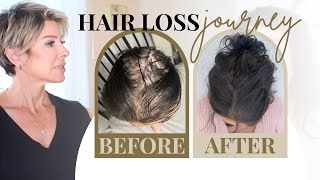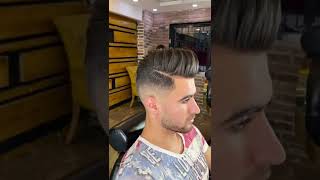How To Avoid The Onset Of Traction Alopecia
- Posted on 12 April, 2022
- Hot Topic
- By Tasha Neely
Our edges are a significant part of our hair. We love to slay and snatch those baby hairs. But what happens when the hairline you cherish so much starts receding. You see that bald spot, feel self-conscious, and try to find styles that cover it up. Unfortunately, that doesn’t solve the problem. In fact, those hairstyles might be doing more harm.
Hair loss is not always a result of a chronic medical condition. It can be a function of the force applied on your hair follicles by your hair styles or accessories. This kind of hair loss resulting from weight on the hair root and damage to the hair follicle is known as Traction Alopecia.
What is Traction Alopecia
Traction alopecia is hair loss caused by recurrent tension on the scalp. Technically, the frequent strain on your hair follicles can cause the hair in that follicle to pull out or damage the entire follicle. It is common around the edges or front hairline.
This type of hair loss doesn’t happen overnight, and you don’t see the signs immediately, so how do you avoid it? Before getting into that, let’s explore some of the common causes of traction alopecia.
Causes of Traction Alopecia
- Tight hairstyles: Braids and black ponytails extensions are lovely but can cause gradual hair loss when done too tightly. Hairstyles like cornrows weaves or heavy locks left for a long time can cause traction alopecia.
- Headwear: You may be more prone to traction alopecia if you’re in a profession where you have to wear tight headwear every day. The tight bands on some headwears can cause tension to your scalp leading to hair loss.
- Hair accessories – Hair accessories such as slides, clips, or grips have an impact on the hair when worn in the same way too often, especially if they weigh a little more than light.
How to Avoid Traction Alopecia
Now that you know the common causes of traction alopecia, the simple solution will be to avoid them since prevention is always better than cure. Here are some changes you can make:
Ditch the Tight Hairstyles
Hairstyling should be a form of self care and not punishment. Women often leave braiding salons in pain and say it’ll pass after a few days, which shouldn’t be the norm. No one should be made to tolerate any style that causes pain in the name of beauty. Also, ensure that your buns and instant ponytails are loose and not too tight.
Use a Professional Stylist
It is important to only leave your hair in the hands of those adequately trained to take care of it. You can make braids and other styles you love with little or no tension when you visit a professional for your hair care needs.
Do Not Wear Styles For Too Long
Protective styles are meant to protect the hair for a while, but you shouldn’t leave these styles on for months untouched. Switch them up from time to time and give your hair a break to prevent hair loss.
Choose The Right Headwear
Always go for headwear that fits your head size. It is also advisable to choose fabrics instead of elastic bands.
Eat For Healthy Hair
Nutrition plays an important role in keeping the hair healthy. Get enough protein and iron from your food to avoid the onset of traction alopecia.
Traction Alopecia like most hair conditions, is better caught early, before the hair follicles get damaged. Avoid tight hairstyles and anything that can cause undue tension on your scalp to prevent traction alopecia.




